

The magazine of the photo-essay

August 2019 back issue


“A free, really high quality photo-essay magazine. Fabulous!”
Stephen Fry. British actor, writer and film maker
National Geographic photographer, Catherine Karnow, will be sharing her vast knowledge of photography and
experience of travel in Southern India on her latest photography workshop.
15th January to 2nd February 2020.
“I am so enthusiastic about this workshop! Last year was a great success, and I am eager to introduce you to the marvelous,
magical places and people we experienced. We learn so much about history, religion, social customs, art, culture and food; and
have unique access to places and people off-the-beaten path.” CK
For more information and a full itinerary, visit Catherine’s website
All photographs ©Catherine Karnow
by Catherine Karnow
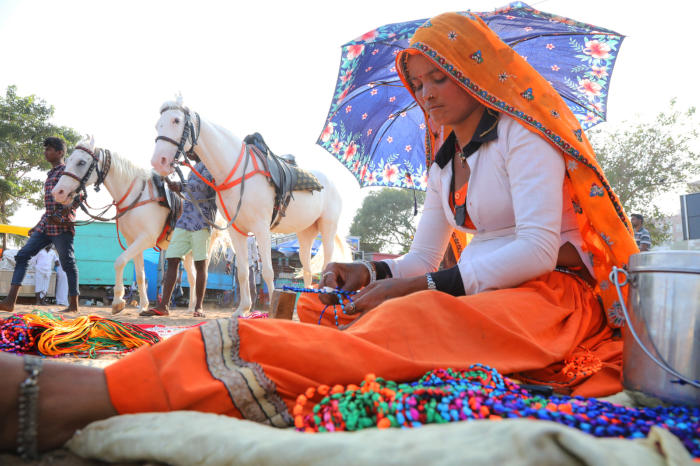
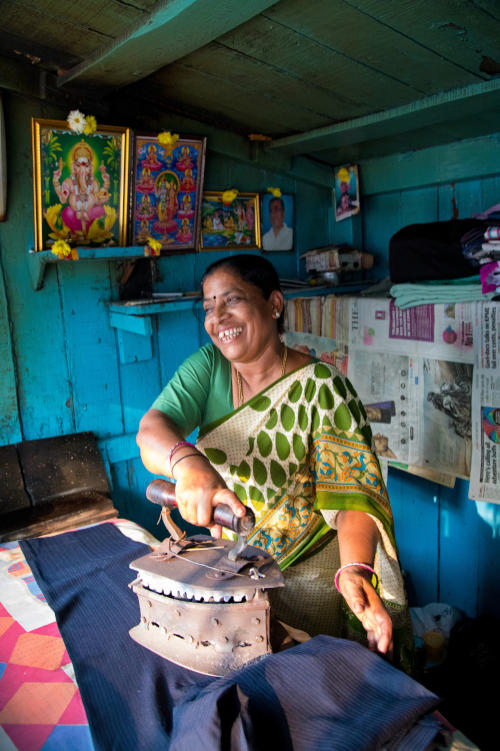
Putamma Nilkand, 47, irons laundry every day in her tiny stall right on the street in
Mysore. The iron she uses weighs 17 kilos and is filled with charcoal embers. "I am
happy that I am able to stand on my own two feet and make my own living."
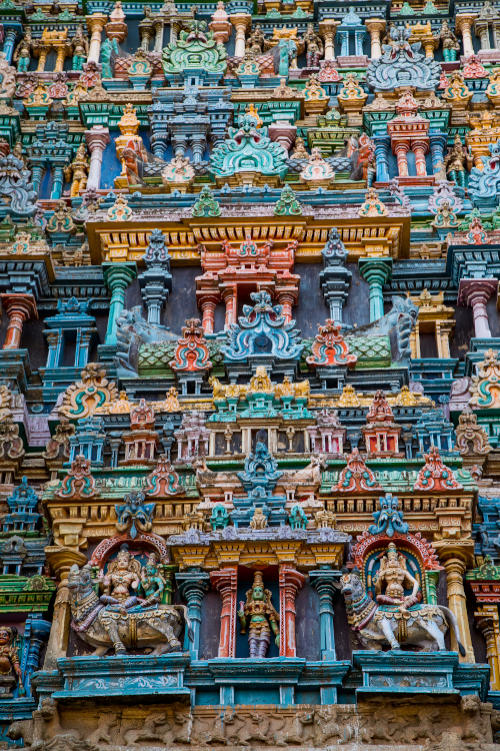
Madurai is considered the "soul" of South India. The extraordinary 14th-century
Dravidian Meenakshi Temple in Madurai, sometimes called the "Taj Mahal of South
India," is a major pilgrimage destination, and attracts tens of thousands of devotees
daily. "Meenakshi" is the three-breasted "fish-eyed" warrior goddess. The temple
depicts most of the key legends from the Vedas and the Ramayana Hindu text. Note
the detail of the God Shiva sitting atop her mount, the bull Nandi
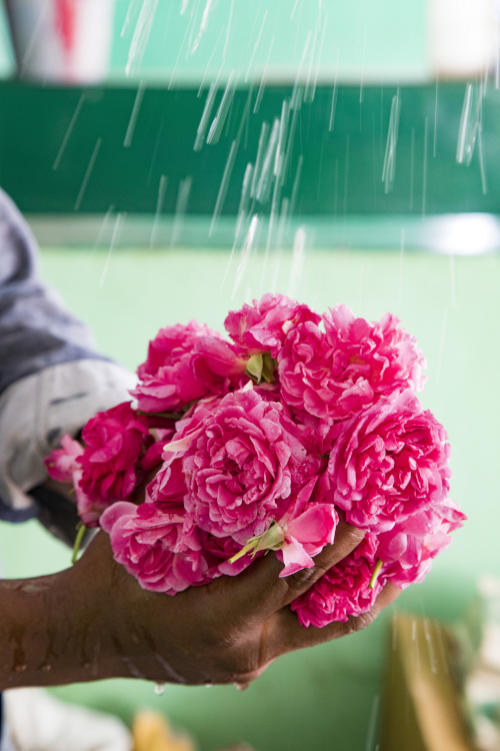
At the Flower market in Madurai, roses are sprinkled with water to keep them fresh.
Flowers have great traditional and spiritual significance are an essential element of
daily devotional life in Indian culture, and are used for many purposes. People start
each day offering flowers to their deities; they are used at weddings, parties; and for
adornment to please God.They are a symbol of strength, purity, and generosity. Pink
roses symbolize grace, sophistication and elegance; they are expressions of platonic
love and friendship and are given as an expression of beginning love or admiration.
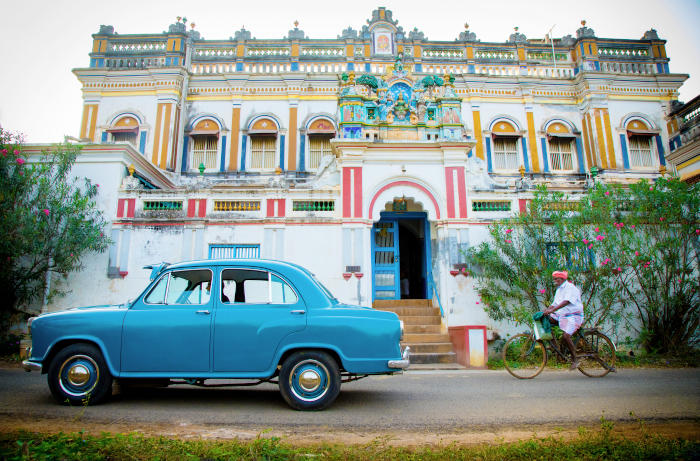
In the remote village of Kandukathan, a classic 1961 Ambassador car crawls by one of the hundreds of imposing,
crumbling mansions originally built by prosperous 19th-century Indian traders to show off their wealth. The palatial
houses, measuring anywhere between 1,860 and 6,500 square metres were mostly built between the early 1800s and
the 1940s. This rich mercantile class filled their villas with treasures such as Bohemian chandeliers, Italian marble,
Burmese teak, Belgian mirrors, and priceless antiques. Exterior details such as the balustrade of arched windows on
this one show a European influence. The area has yet to be recognised by Unesco as a World Heritage Site, and
mansions are being torn down, or repainted gaudy colors.
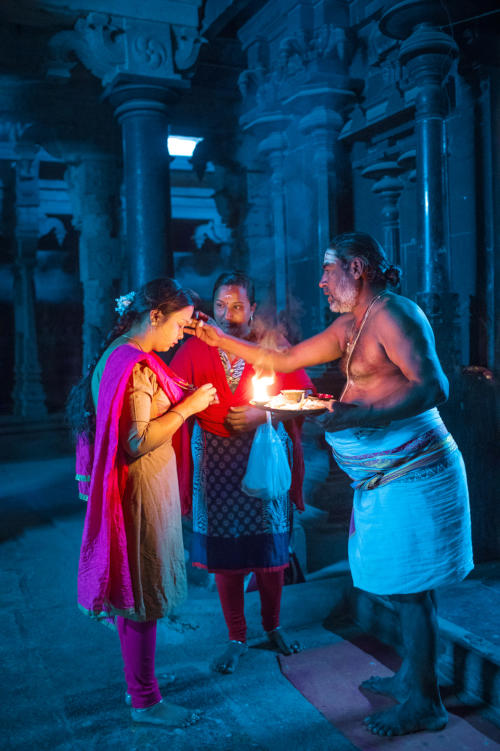
In the remote village of Kovilur, priest Njayabhard blesses Jaya Deepak, (left), who is
having troubles in her (arranged) marriage. Jaya comes every Friday and believes the
blessing will subdue her marital discord.
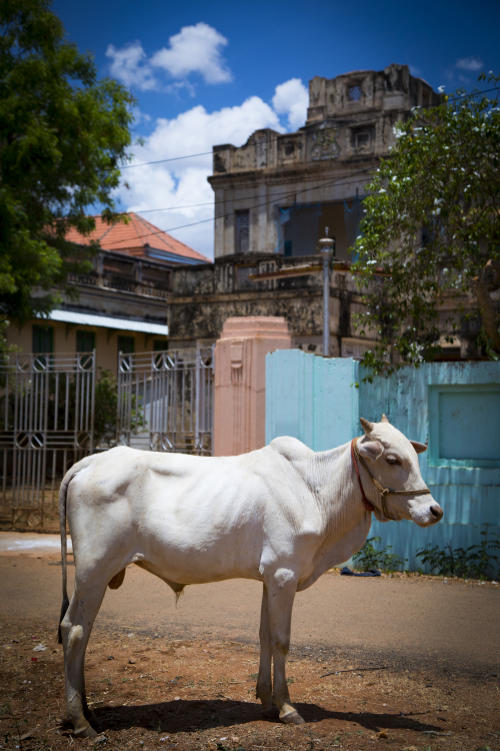
In India the cow is sacred, and cows are allowed to roam freely, Kothamangalam.
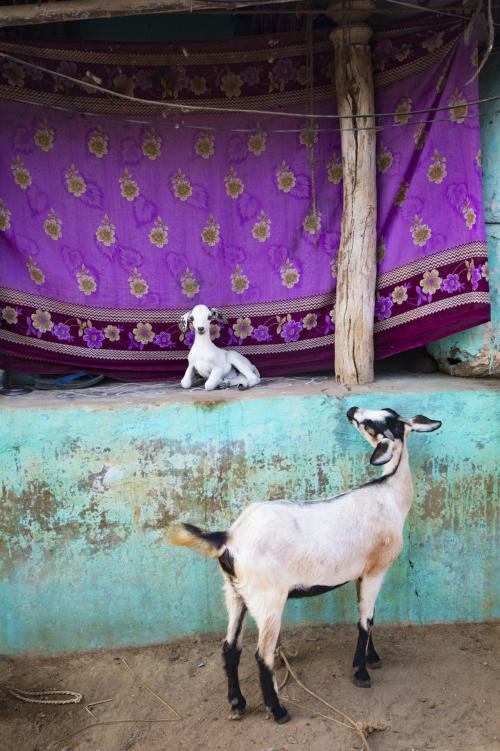
In the tiny hamlet of Punnainallur, near Thanjavur, mother and baby goat pose in front
of a colorful village home.
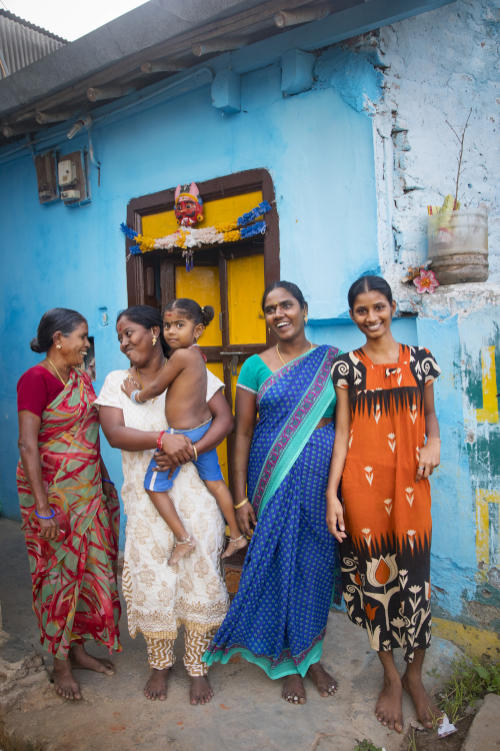
Portrait of a family in the tiny hamlet of Punnainallur, near Thanjavur.
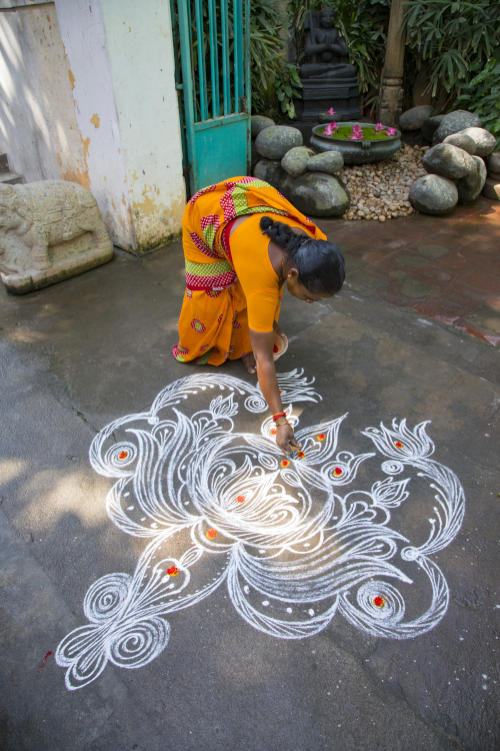
A magnificent "kolam", in the form of a lotus lantern, in Pondicherry. Mainly a South
Indian tradition, the kolam is drawn every morning, mostly by women, in front of
houses, businesses, temples, etc. Traditionally made with rice flour, it is a work of art
that also feeds ants, birds and other creatures. The kolam represents living in
harmony with creatures around you, filling your life with good karma.
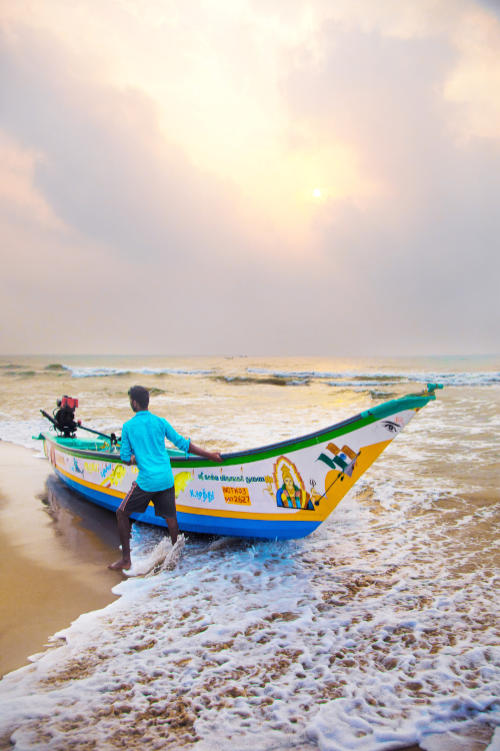
A fishing boat pulls up to shore at the beach at Mahabalipuram. Some say that the
painted eyes are intended to help the boats at sea find their way back to land.
Others say the eyes are meant to scare off sharks or water monsters, or are meant
to bring good luck and fortune.














